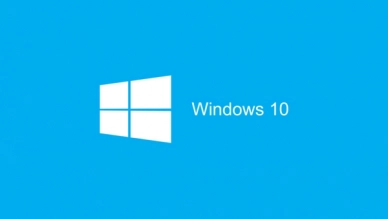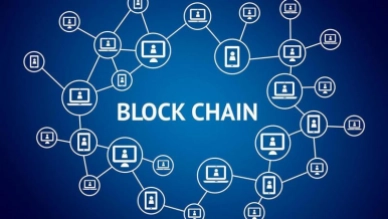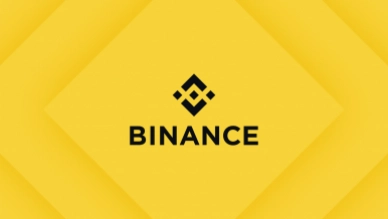What are COIN and TOKEN? How are COIN and TOKEN different from each other?
The terms Coin and Token are quite common in the Crypto market, and almost everyone has heard of them and often confuse the two. Although Coins and Tokens have many similarities, they are two completely different concepts. Today's article will share basic knowledge so you can differentiate between Coin and Token.
I. What is a Coin?
A Coin is a type of cryptocurrency built and developed on an independent Blockchain platform and operates separately.
Essentially, Coins are also considered currency. They were created to address issues fiat money couldn't resolve, such as cross-country payments, low transaction fees, short transaction times, and transparent transaction information.
Some examples of Coins in the current market include Bitcoin, Ethereum, Cardano, Stellar, NEO, Litecoin, DOT, SOL, IOTA, etc.
II. What is a Token?
Tokens are also cryptocurrencies built and developed on the platform of another Coin; they do not own their Blockchain like Coins do.
Most tokens currently use Ethereum's Blockchain under the ERC-20 standard, such as LINK, CRV, SUSHI... In addition, some Tokens use platforms like WAVES, NEO, ICON, and even Bitcoin.
III. Can Tokens develop their Blockchain?
Some Tokens tend to develop their own Blockchain platform to serve as a foundation for other Tokens. A Token can be considered a draft version of a Coin, starting as a Token but over time, if there's a development team building its Blockchain, it becomes a foundational Coin.
However, developing an independent Blockchain platform is not easy and requires a lot of time, effort, and money. Typically, these projects will raise funds through an ICO (Initial Coin Offering). For such projects, a common way to launch their ICO token is to build on an existing Blockchain platform like Ethereum or NEO. Tokens based on Ethereum are called ERC-20 tokens, and if using NEO, the tokens are called NEP-5 tokens.
Building on these platforms allows projects to save time and resources while enabling them to develop their decentralized applications. When built on an existing Blockchain, these Tokens can also utilize cryptocurrency features such as transactions and benefit from the original Blockchain's security (i.e., consensus mechanism).
IV. How are Coins and Tokens different?
1. Tokens operate based on other Blockchains
The most significant difference between Coins and Tokens is that Tokens do not need to create a new Blockchain and can leverage the existing technology and ecosystem of another Coin's Blockchain, like Ethereum, EOS, Polkadot, etc.
2. Tokens have various standards
Normally, Coins run on their Blockchain without needing a standard, but Tokens need different standards to meet the requirements of each project. Famous standards include ERC-20, ERC-223, and ERC-721 of the Ethereum Blockchain. Tokens need to be standardized to easily execute smart contracts and transactions.
3. Token supply is available from the start
The initial supply of Coins when a project begins is zero, and as Coins are mined over time, the supply gradually increases. In contrast, Tokens are created with a fixed total supply available from the project's start.
4. Tokens are not necessarily used for exchange like Coins
Tokens, unlike Coins, have various other applications beyond transactions, such as governance, security, etc., especially NFT tokens, which are considered goods rather than a currency.
5. Tokens do not have their wallet addresses
When Tokens are built on the same Blockchain platform, they share the same wallet address with that Blockchain. This means you can use an Ethereum wallet address to hold various different tokens like LINK, SUSHI, UNI, USDT, etc.
6. Tokens can exist on multiple Blockchains
Interestingly, Tokens can exist on several Blockchains, not just one like Coins. For example, the USDT Token can exist on Bitcoin, Ethereum, Tron, etc. However, although Tokens exist on multiple Blockchains, they generally cannot be transferred across them. If you send USDT from Binance Smart Chain to an ETH address, you will lose all the USDT sent.
7. Transactions with Tokens usually incur fees paid in the original Blockchain's Coin
When transacting with Coins, fees are paid in the same Coin. However, you cannot pay the transaction fee with the Token itself but must pay with the Coin. For example, if you transact with Bitcoin, you will pay fees in Bitcoin, but when you transact with Tokens like ENJ, DAI, or SAND, you must pay with ETH because they are created from the Ethereum Blockchain. This is also why many individuals cannot transact ERC-20 tokens – they lack ETH to pay the transaction fees.
Submit feedback
Your email address will not be made public. Fields marked are required *
Search
Trend
-
What is Black Myth: Wukong? Detailed Guide on System Requirements and Gameplay
08-21-2024 . 1k view
-
The simplest and fastest way to log into the Chinese TikTok, Douyin.
01-10-2022 . 1k view
-
Blog sites that will accept AI generated content
07-26-2024 . 1k view
-
Call of Duty: Black Ops 6 - Intense, Mysterious, and Surprising Warfare
09-02-2024 . 1k view
-
The "End of Life" for Windows 10: A Massive E-Waste Threat and Sustainable Solutions
08-18-2024 . 970 view











0 feedback